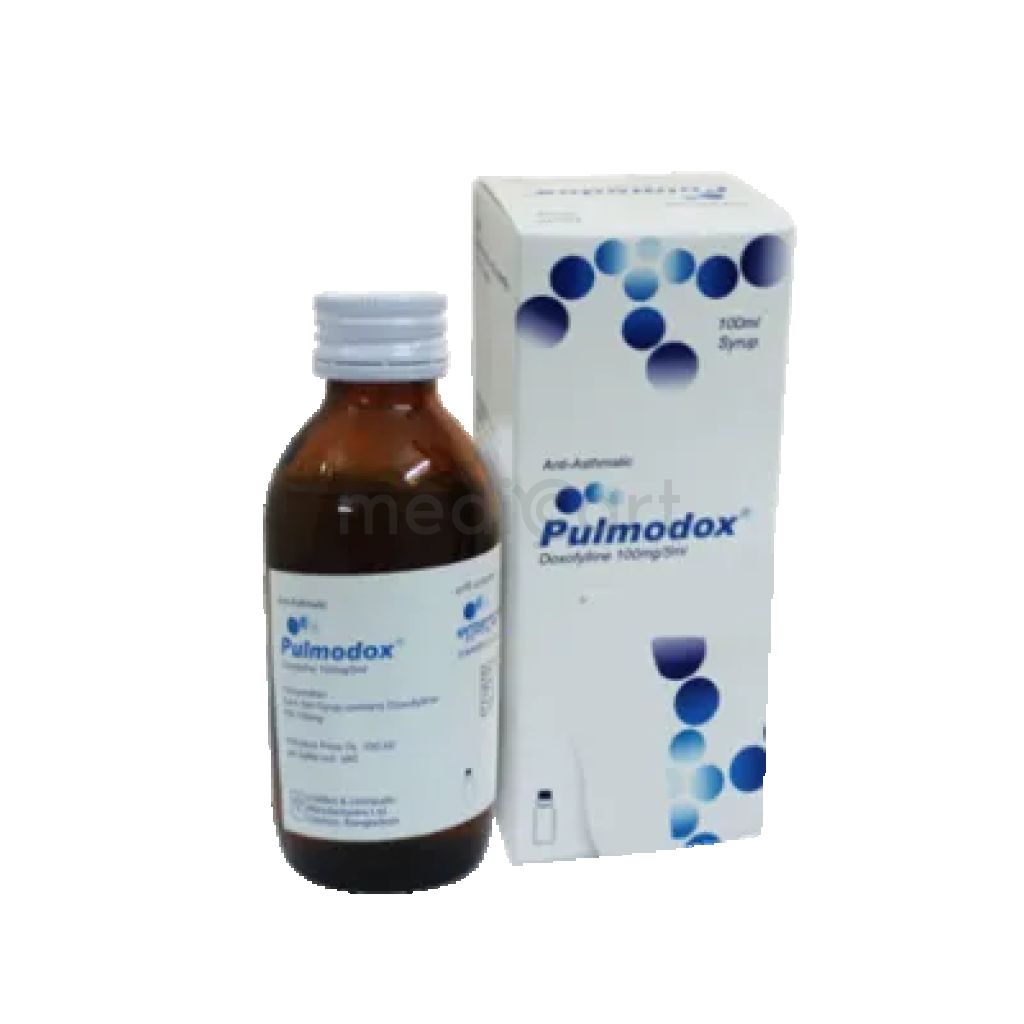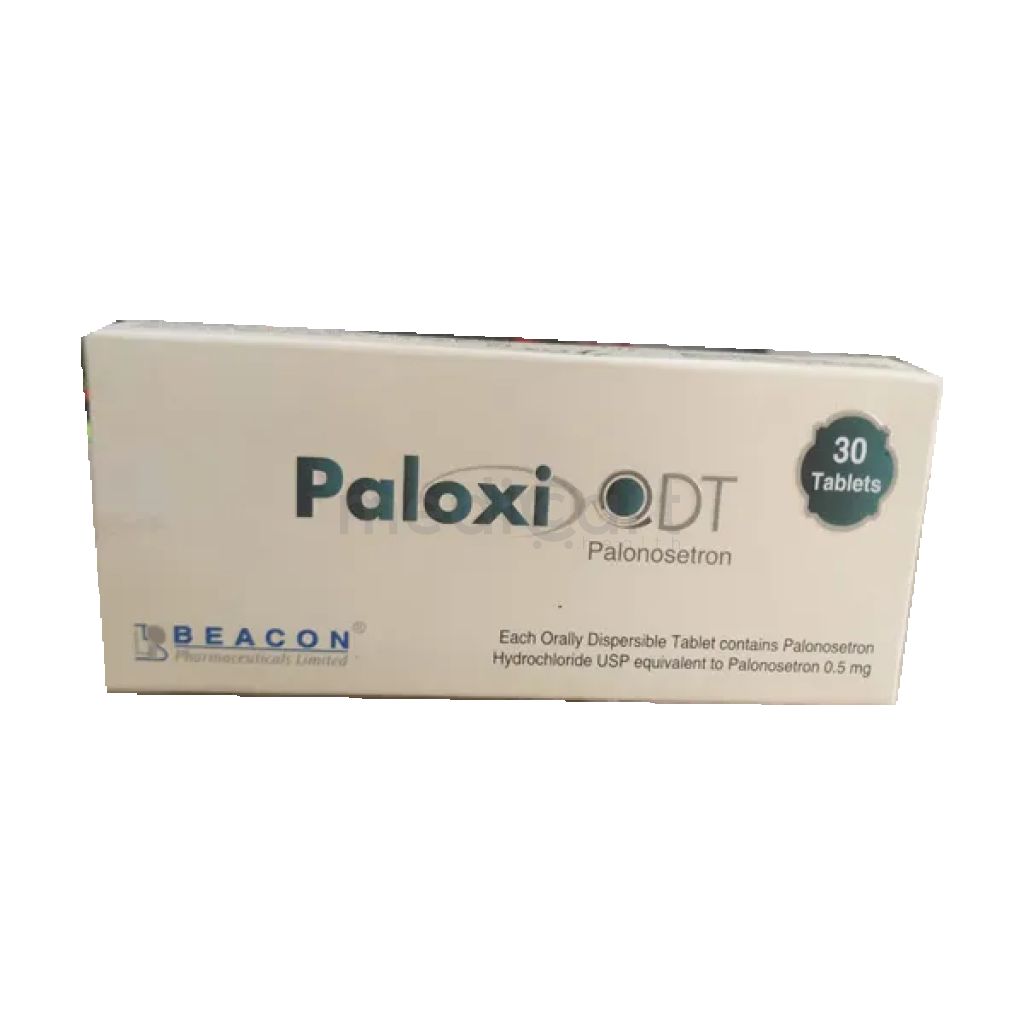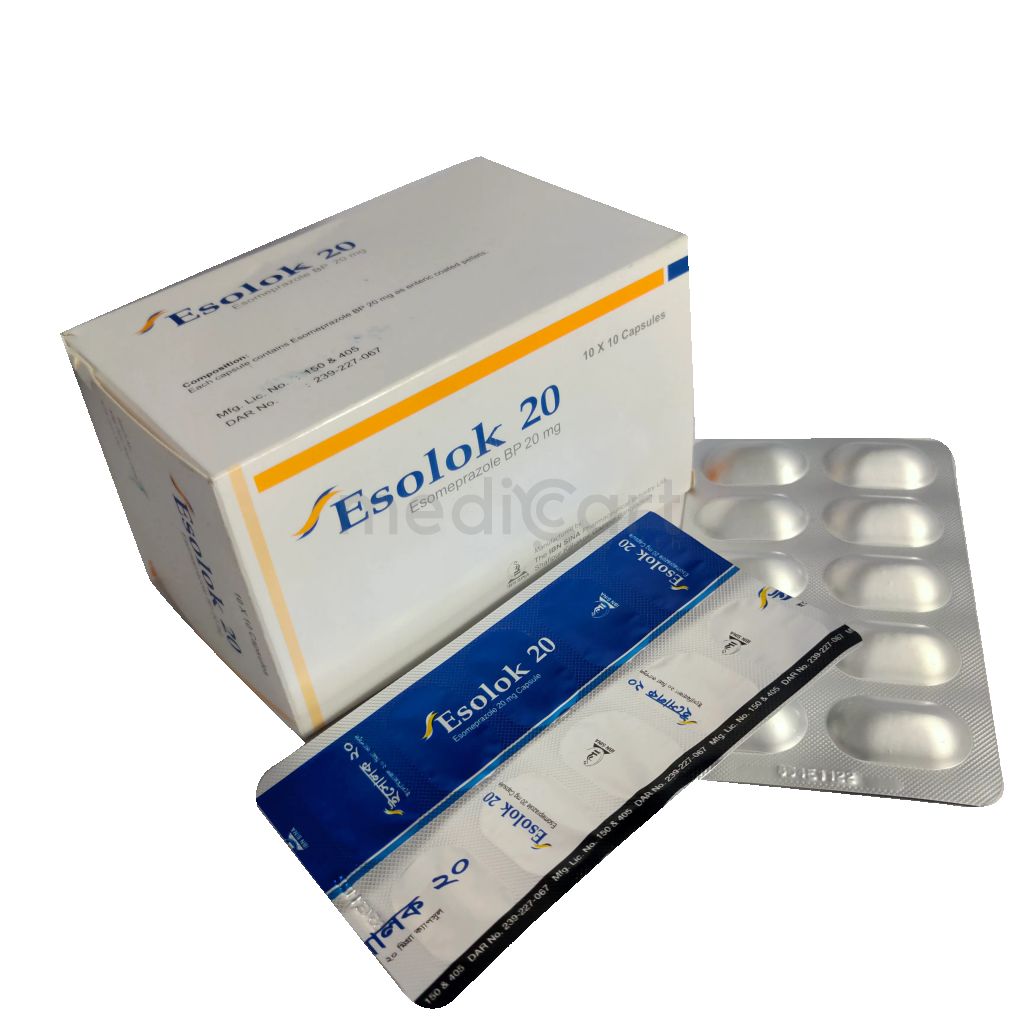

Quiet 50 mg XrTab. - 50mg
Tablet
Pack Size :
10 Tablet x 1 Strip
Generics :
Quetiapine Fumarate
Manufacturer :
Incepta Pharmaceuticals Ltd.
Best Price *
TK
80.00
* Delivery will be done in Dhaka city only.
Alternative Product
More Information About - Quiet 50 mg XrTab. - 50mg
Description
Generic Name
QuetiapinePrecaution
Patient w/ CV and cerebrovascular disease, conditions predisposing to hypotension, history of seizures or conditions that lower the seizure threshold, conditions that may increase risk of QT prolongation. Avoid abrupt withdrawal. Elderly w/ dementia-related psychosis. Hepatic or renal impairment. Pregnancy and lactation. Patient Counselling This drug may cause somnolence and impair judgement, thinking or motor skills, if affected, avoid driving, operating machinery or performing hazardous tasks. Monitoring Parameters Closely monitor for worsening of glucose control in patients w/ pre-existing DM. Monitor for possible worsening of depression, suicidal thoughts or unusual changes in behaviour. Measure BP at the beginning of, and periodically during treatment. It is recommended that patients should have an eye examination to detect cataract formation when starting therapy and 6 mthly during treatment. Lactation: Drug excreted in breast milk; breastfeeding not recommendedIndication
Schizophrenia, Bipolar disorder, Major depressive disorderContra Indication
Quetiapine is contraindicated in individuals with a known hypersensitivity to this medication or any of its ingredients. Severe CNS depression, bone marrow suppression, coma.Dose
N/ASide Effect
>10% Dizziness (1-18%),Fatigue (3-14%),Extrapyramidal symptoms (1-13%),Increased diastolic blood pressure (41%),Increased triglycerides (8-22%),Increased total cholesterol (7-18%),Increased appetite (2-12%),Constipation (6-11%),Dry mouth (9-44%),Headache (7-21),Somnolence (18-57%) 1-10% Abdominal pain (4-7%; dose related),Dyspepsia (2-7%; dose related,Tremor (2-8%),Back pain (3-5%),Postural hypotension (2-7%),Tachycardia (1-6%),Pharyngitis (4-6%),Rhinitis (3-4%),Rash (4%),Blurred vision (1-4%),Arthralgia (1-4%),Myalgia (2%),Neck pain (2%),Dyskinesia (4%),Neutropenia (2%),Hemorrhage (1%) < 1% Priapism,Cardiomyopathy, myocarditis,QTc prolongation,Night mares,Pancreatitis,Rhabdomyolysis,Palpitation,Leukocytosis,Epistaxis,Exfoliative dermatitisPregnancy Category
Name : Not Classified
Description
FDA has not yet classified the drug into a specified pregnancy category.Mode of Action
Quetiapine is an antagonist at multiple neurotransmitter receptors in the brain: Serotonin 5-HT1A and 5-HT2, dopamine D1 and D2, histamine H1 and adrenergic a1 and a2 receptors. It is used in the treatment of schizophrenia and bipolar disorder.Interaction
Increased risk of drowsiness and postural hypotension when used with alcohol. CYP3A4 inducers eg. phenytoin and carbamazepine may decrease plasma levels of quetiapine while CYP3A4 inhibitors eg. ketoconazole and erythromycin may increase its plasma levels.Pregnancy Category Note
Pregnancy Neonates exposed during third trimester are at risk for extrapyramidal and/or withdrawal symptoms following delivery; overall available data from published epidemiologic studies of pregnant women exposed to drug have not established a drug-associated risk of major birth defects, miscarriage, or adverse maternal or fetal outcomes; there are risks to the mother associated with untreated schizophrenia, bipolar I, or major depressive disorder, and with exposure to drug during pregnancy There is a risk to the mother from untreated schizophrenia, or bipolar I disorder, including increased risk of relapse, hospitalization, and suicide; schizophrenia and bipolar I disorder are associated with increased adverse perinatal outcomes, including preterm birth; it is not known if this is a direct result of the illness or other comorbid factors Extrapyramidal and/or withdrawal symptoms, including agitation, hypertonia, hypotonia, tremor, somnolence, respiratory distress, and feeding disorder reported in neonates exposed to drug, during third trimester of pregnancy; symptoms varied in severity; monitor neonates for extrapyramidal and/or withdrawal symptoms and manage symptoms appropriately; some neonates recovered within hours or days without specific treatment; others required prolonged hospitalization Based on pharmacologic action of drug, treatment may result in an increase in serum prolactin levels, which may lead to a reversible reduction in fertility in females of reproductive potential Lactation Limited data from published literature report the presence of drug in human breast milk at relative infant dose of <1% of maternal weight-adjusted dosage; there are no consistent adverse events reported in infants exposed to quetiapine through breast milk; there is no information on effects of quetiapine on milk production; developmental and health benefits of breastfeeding should be considered along with mother?s clinical need for therapy and any potential adverse effects on breastfed child from drug or from mother?s underlying conditionAdult Dose
Oral Schizophrenia Immediate release Day 1: 50 mg/day PO divided q12hr Days 2-3: Dose increased daily in increments of 25-50 mg q8-12hr to 300-400 mg by day 4; further adjustments can be made in increments of 25-50 mg q12hr at intervals >2 days Dosage range: 150-750 mg/day Extended release Day 1: 300 mg/day PO; subsequently, may be increased by up to 300 mg/day at intervals >1 day Maintenance (monotherapy): 400-800 mg/day Patients who have discontinued therapy for >1 week should have their dose retitrated following initiation of therapy; patients may reinitiate at their previous maintenance dose if discontinued therapy <1 week Bipolar I Disorder, Mania Administered as monotherapy or as adjunct to lithium or divalproex Immediate release Day 1: 100 mg/day PO divided q12hr Day 2: 200 mg/day PO divided q12hr Day 3: 300 mg/day PO divided q12hr Day 4: 400 mg/day PO divided q12hr Further dosage adjustments, up to 800 mg/day by day 6, should be in increments <200 mg/day Dosage range: 400-800 mg/day; not to exceed 800 mg/day Extended release Day 1: 300 mg PO once daily Day 2: 600 mg PO once daily Maintenance (day 3 onward): 400-800 mg/day PO Bipolar Disorder, Depressive Episodes Either immediate-release or extended-release tablets may be given; dosage titrated upward over 4 days Day 1: 50 mg PO at bedtime Day 2: 100 mg PO at bedtime Day 3: 200 mg PO at bedtime Maintenance (day 4 onward): 300 mg PO at bedtime Bipolar I Disorder, Maintenance Administered as adjunct to lithium or divalproex Immediate release: 400-800 mg/day PO divided q12hr Extended release: 400-800 mg/day PO in single dose Generally, in maintenance phase, patients continue to receive same dosage on which they were stabilized Major Depressive Disorder Extended-release formulation administered as adjunct to antidepressants Days 1 and 2: 50 mg PO in evening Day 3: May be increased to 150 mg PO in evening Dosage range: 150-300 mg/day Elderly: Slower rate of dose titration and lower daily therapeutic dose. Hepatic impairment: Initially, 25 mg daily. May increase in increments of 25-50 mg daily until effective dose, according to response and tolerability is achieved.Child Dose
Schizophrenia <12 year Safety and efficacy not established >12 years (monotherapy, immediate release) Day 1: 50 mg/day PO divided q12hr Day 2: 100 mg/day PO divided q12hr Day 3: 200 mg/day PO divided q12hr Day 4: 300 mg/day PO divided q12hr Day 5: 400 mg/day PO divided q12hr; further adjustments should be in increments ?100 mg/day Dosage range: 400-800 mg/day Depending on response and tolerance, daily dose may be divided q8hr >12 years (monotherapy, extended release) Day 1: 50 mg/day PO once daily Day 2: 100 mg/day PO once daily Day 3: 200 mg/day PO once daily Day 4: 300 mg/day PO once daily Day 5: 400 mg/day PO once daily; further adjustments should be in increments ?100 mg/day Bipolar I Disorder, Mania <10 years Safety and efficacy not established >10 years (monotherapy, immediate release) Day 1: 50 mg/day PO divided q12hr Day 2: 100 mg/day PO divided q12hr Day 3: 200 mg/day PO divided q12hr Day 4: 300 mg/day PO divided q12hr Day 5: 400 mg/day PO divided q12hr; further adjustments should be in increments ?100 mg/day Dosage range: 400-600 mg/day Depending on response and tolerance, daily dose may be divided q8hr >10 years (monotherapy, extended release) Day 1: 50 mg/day PO once daily Day 2: 100 mg/day PO once daily Day 3: 200 mg/day PO once daily Day 4: 300 mg/day PO once daily Day 5: 400 mg/day PO once daily; further adjustments should be in increments ?100 mg/day Dosage range: 400-600 mg once dailyRenal Dose
N/AAdministration
Extended-release: Should be taken on an empty stomach. Take w/o food or w/ a light meal. Swallow whole, do not chew/crush. May be taken with or without food.Disclaimer
The information provided herein are for informational purposes only and not intended to be a substitute for professional medical advice, diagnosis, or treatment. Please note that this information should not be treated as a replacement for physical medical consultation or advice. Great effort has been placed to provide accurate and comprehensive data. However, Medicart along with its authors and editors make no representations or warranties and specifically disclaim all liability for any medical information provided on the site. The absence of any information and/or warning to any drug shall not be considered and assumed as an implied assurance of the Company.










